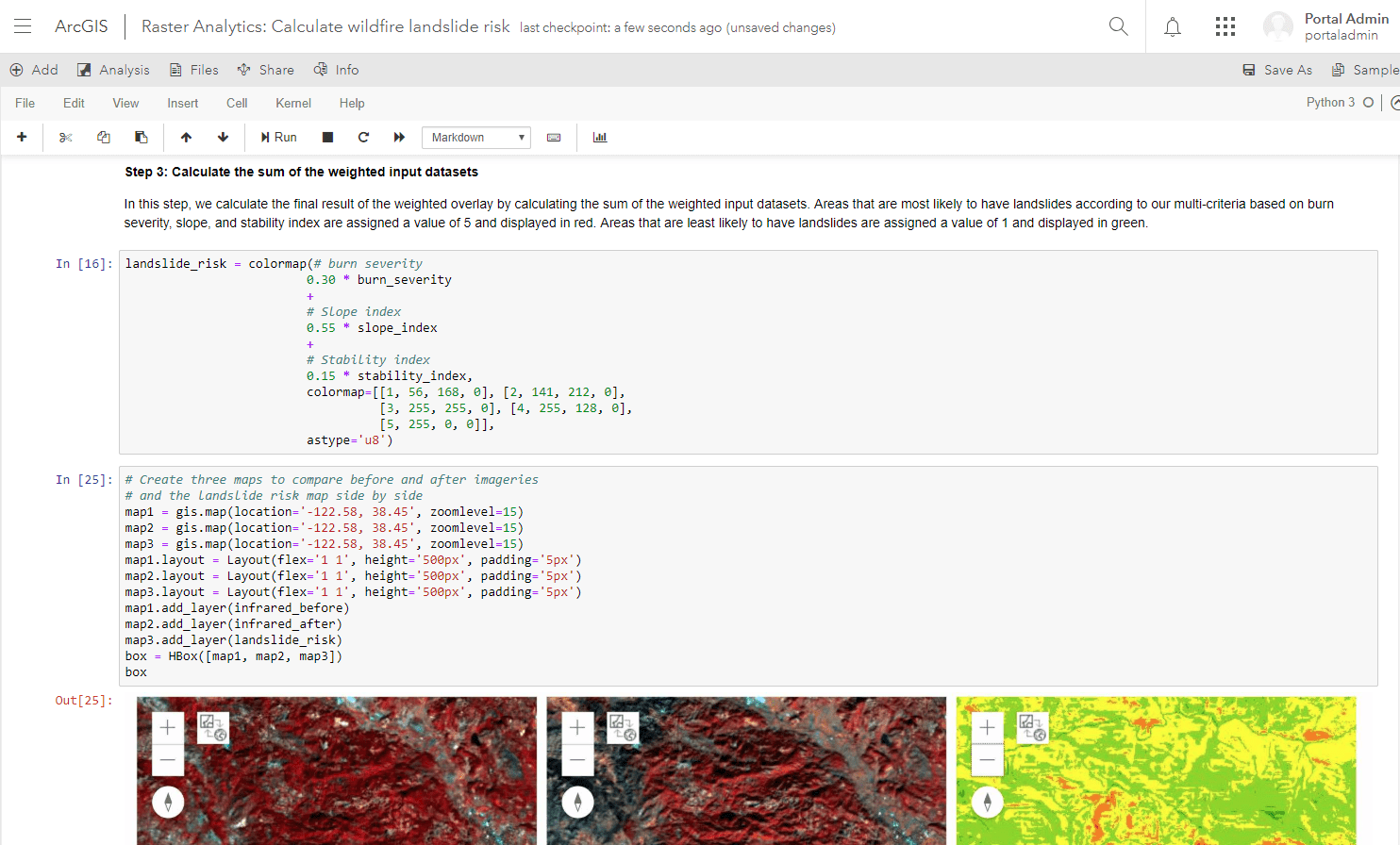
- Jupyter notebook online server install#
- Jupyter notebook online server full#
- Jupyter notebook online server code#
- Jupyter notebook online server password#
Once it’s running, go to a browser window (e.g. But if you don’t, check out the server setup tutorial I mentioned before.Īnyways, if you have Jupyter on your remote server, then, as a first step, open Terminal (or PuTTY) and log in to your server.Īnd once you are logged in, you can start Juptyer using the: jupyter notebook -browser any I assume that you have this - as most people who learn data science and Python prefer to do that using Jupyter Notebooks. Upload a dataset using Jupyterįor this second solution, you’ll need Jupyter installed to your remote server already. (At least on Mac and Linux, but again: this can be done using PuTTY on windows.)Īs I said, I find this process a bit painful, at least compared to the second solution, which is a point-and-click solution and also works on all operating systems. Okay, so this is how you can upload a data file to your data server via the command line. Well, this was only a small demo file - but you can upload bigger files, of course, using the scp command.Īnyways: from this point on, you can use your dataset for your projects that are done on your remote data server. If you ssh to your server and go to the right folder, you’ll see that the file is there as it should be.
Jupyter notebook online server password#
Hit enter, type your password - and boom: the example.csv file is uploaded! Double-check your data file!
Jupyter notebook online server full#
Note: if you are already in the folder where your files are located, it’s fine to add just the file name without the full path. then you type your file name ( example.csv) - preferably with the full path included ( /Users/tomimester/Desktop/example/example.csv).scp stands for secure copy protocol and it’s the copy command itself.The next step is typing the actual command, which looks like this: scp /Users/tomimester/Desktop/example/example.csv break this down: For me, it’s cd Desktop/example/Īnd here, I have example.csv and example2.csv. Go to the folder where you store your data file locally.

Right now, you are on your local computer.

But you can do similar things on Windows using PuTTY.Įither way, you don’t have to worry about it because I show this to you only to demonstrate how painful it is - so you can better appreciate the second solution that will work on all operating systems anyway. In this article, I’ll show you a solution that works on Mac and Linux only.
Jupyter notebook online server install#
In that article, I show you how you can install Python and SQL step-by-step to learn and practice data science in a real-life-like environment.īut if you have these already, then just follow me.


Now, if you don’t know what a remote data server is or you don’t know what Jupyter is, check out my remote server setup tutorial first.
Jupyter notebook online server code#
in the second one, I’ll use Jupyter, which is a web application that I mainly use to prototype my Python code - but it’ll be very handy for this file-upload-issue, too.in the first one, I’ll use the command line (which I call the painful solution).I’ll show you two solutions for this problem: You have your local computer, where you have a dataset - take this example.csv or example2.csv file - and you want to upload this to your remote data server.


 0 kommentar(er)
0 kommentar(er)
